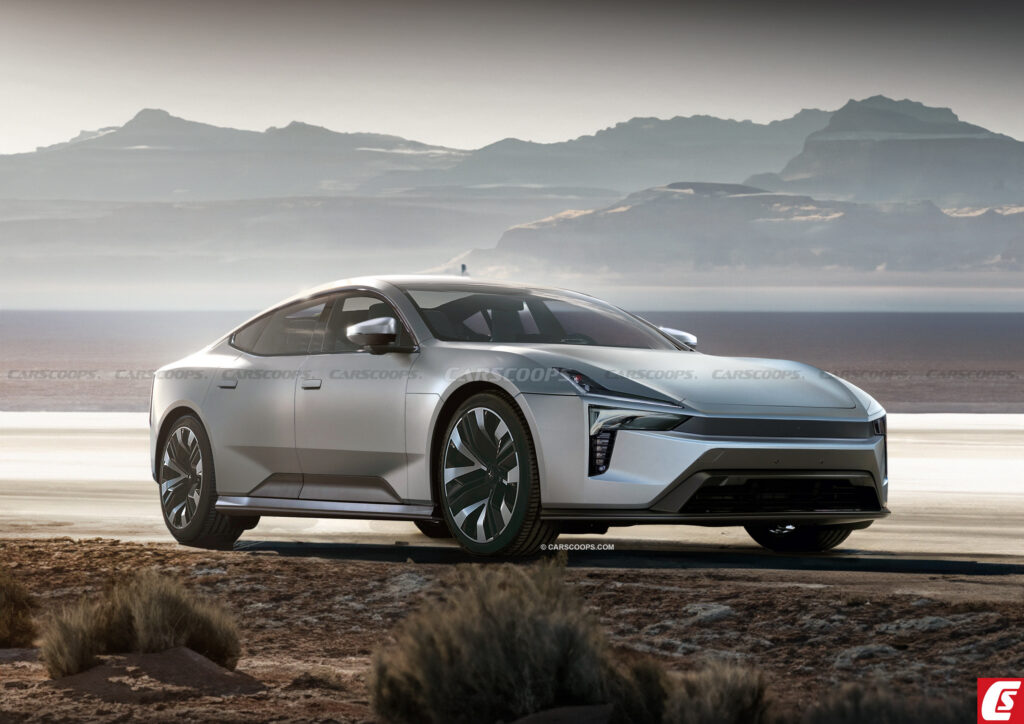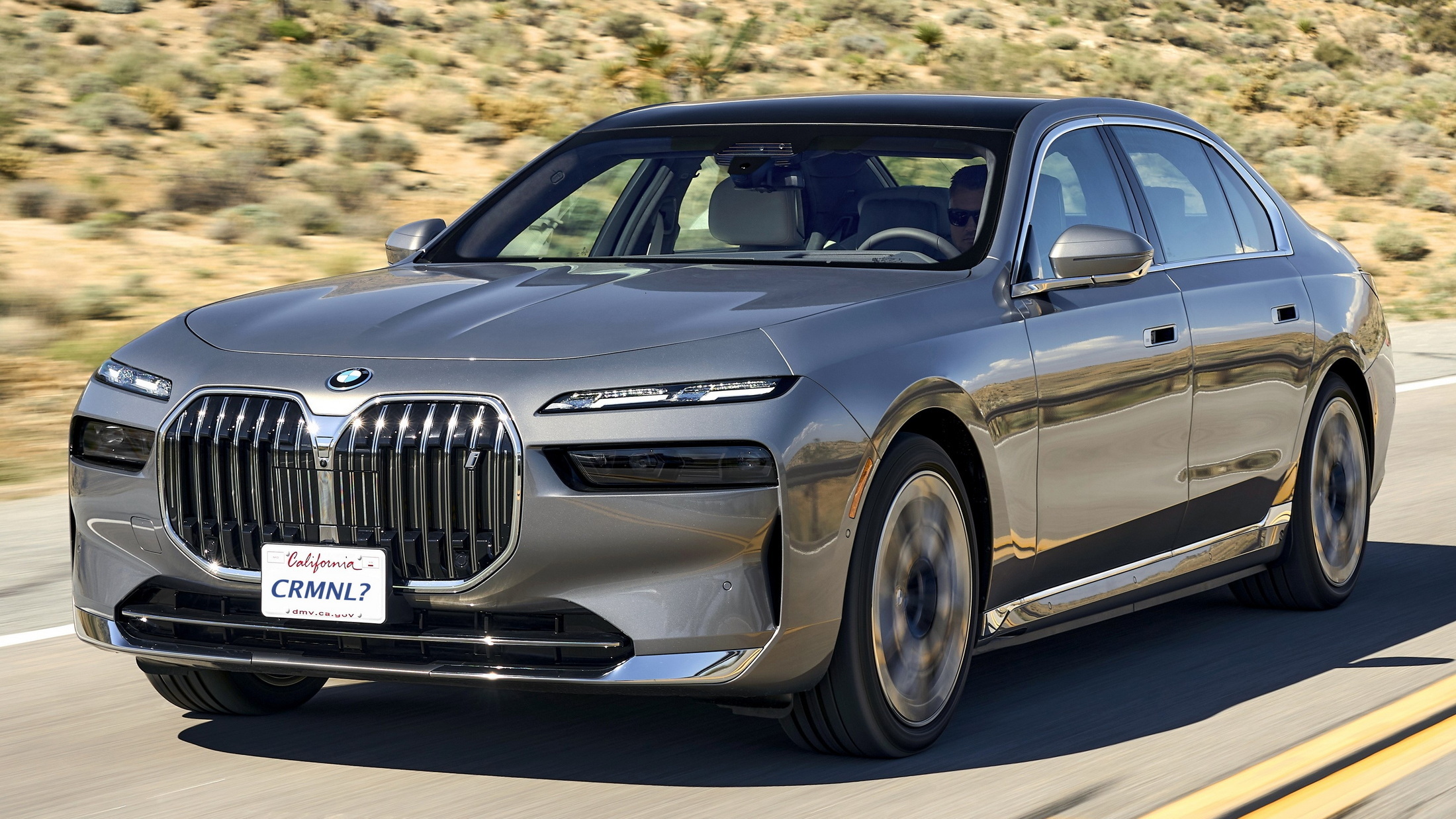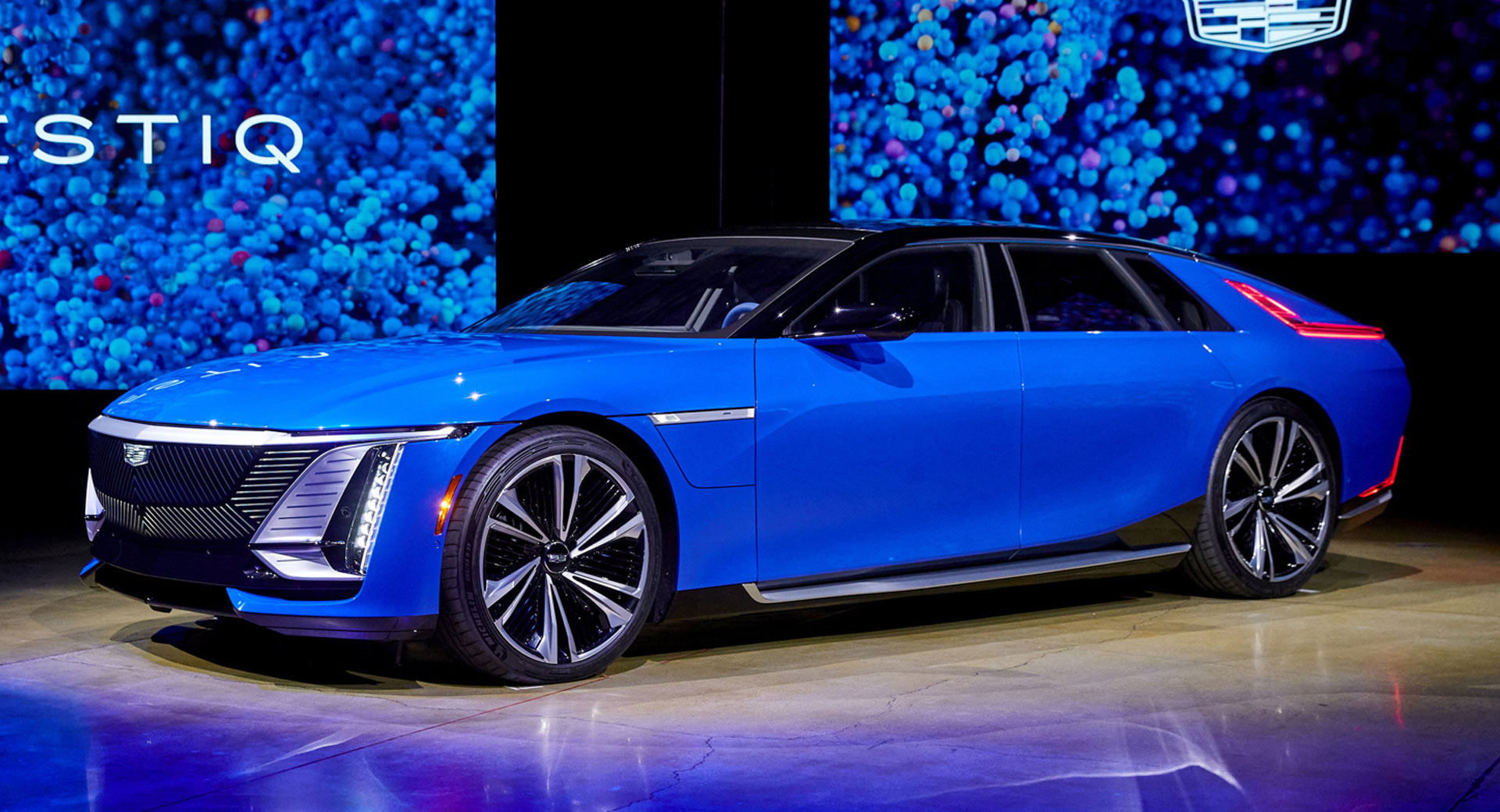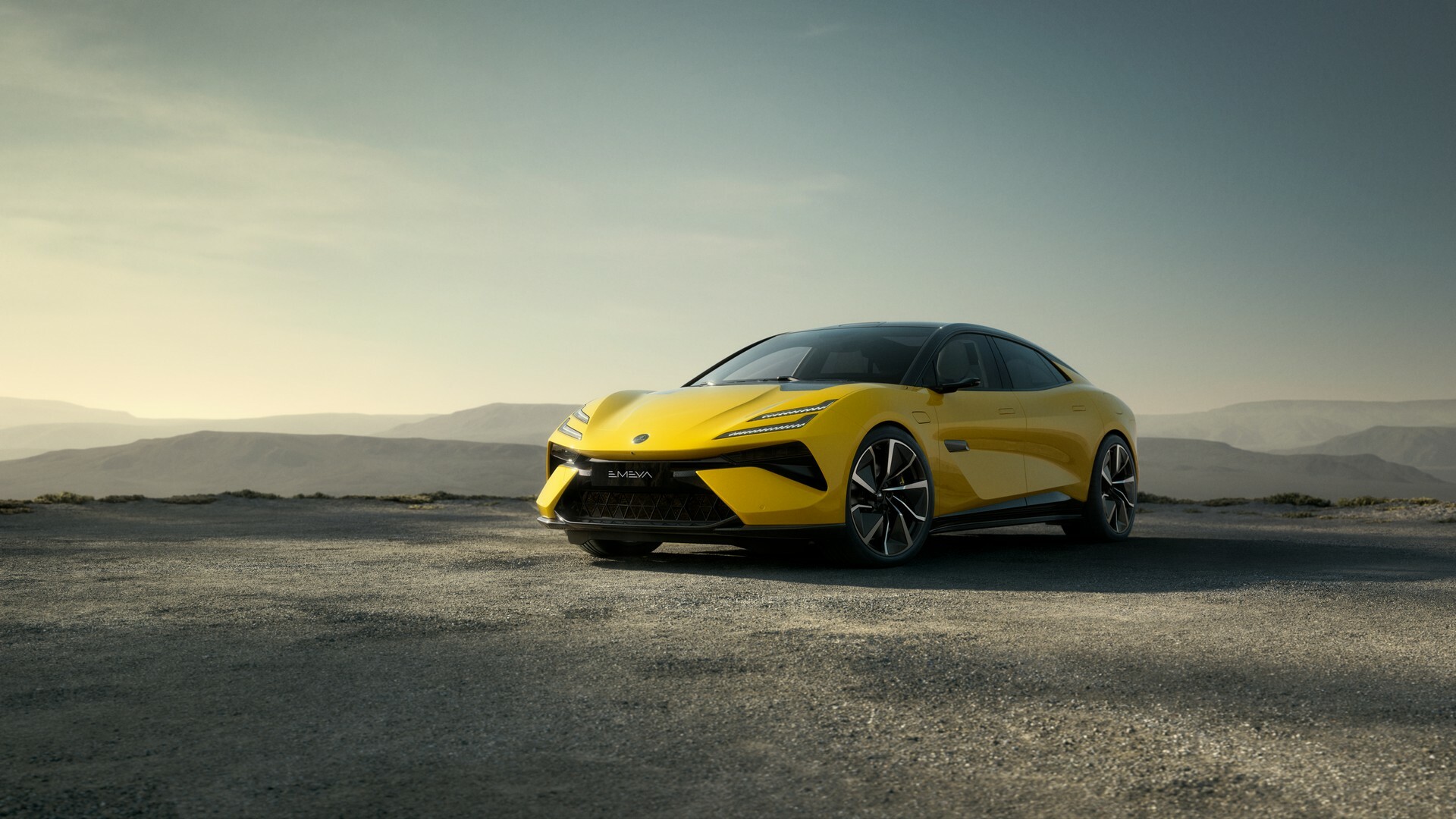The illustrations in this article are not affiliated with, nor have they been endorsed by Polestar.
Polestar’s range expansion is ramping up momentum, with offerings such as the Polestar 3 SUV and 4 SUV Coupe spearheading the Swedish automaker’s push into the premium EV space. Whilst the former two variants will do much of the heavy lifting in the sales charts, the Polestar 5 will be the grand touring pinnacle for the luxury brand.
More: Here’s What We Know About The Next-Gen BMW M5 Super Sedan
Recently, journalists rode along in a Polestar 5 verification prototype, revealing some promising performance and handling insights. Yet what other goodies can we expect? Let’s illustrate this further.
Futuristic Minimalism

Remember Polestar’s stunning Precept Concept from 2020? It was the precursor to the Polestar 5’s design, and in a show of rare form, the production car virtually mirrors the concept’s gorgeous styling. The differences? Those with a sharply trained eye will notice the suicide doors have made way for a conventional setup alongside changes to the charging port door and a new ventless hood.
The body still wears that mammoth glass roof and finely tailored surfacing of the concept. However, tweaks have increased its curvaceousness below the shoulder line, and a deeper cutaway insert frames the lower sills and bumper. Fortunately, its ungainly LiDAR unit appears flush (or it isn’t equipped on some variants).
In a move that will surely ignite claustrophobia, it still lacks a rear window with outward visibility dependent on a digital video feed to the rearview mirror. An impressive stance, adjustments to the lower diffuser panel and tail lamp tweaks make for a well-proportioned sedan.
Under The Skin
Polestar’s striking Precept concept car from 2020 previewed the production model.
The grand tourer will sport a minimalist four-seat interior, emphasising sustainable materials and Swedish opulence. Trim elements use 3D knit made from 100% recycled PET bottles and woven flax fibers. Tech goodies include a digital cockpit, Bowers & Wilkins audio, and a large touchscreen display powered by Android Automotive featuring over-the-air (OTA) updates.
Deeper within, the Polestar 5 features an in-house developed bonded aluminum platform, which, as a byproduct, benefits everything from handling dynamics range to performance. Even its body-in-white (its basic structure and panels) is said to be lighter than vehicles from smaller classes.
An Electron Rocketship
Polestar brought a development prototype of the 5 to Goodwood last year
The fastest 5 that’s equipped with a dual-motor system will send 872 hp (650 kW) and 664 lb-ft (900 Nm) to all four wheels, which is more than the Porsche Taycan at 751 hp (761 PS) in Turbo S guise, but still trails the tri-motor Tesla Model S Plaid’s colossal 1,020 hp. This dual-motor variant will easily slip under 3 seconds for the 0-60 mph (0-96 km/h) run.
More: Should Ford Resurrect The Thunderbird As An Electric Personal Luxury Car?
It will feature an 800-volt architecture enabling competitive fast charging and has a driving range above 300 miles (483 km). An advanced LiDAR system developed with Luminar will allow Level 3 autonomous driving capabilities in certain conditions.
Rivals and Reveal
The Polestar 5 will compete against seriously brilliant competition in a ballooning EV segment. Rivals include Porsche’s Taycan, Audi e-tron GT, BMW i7, Mercedes-Benz EQS, Cadillac Celestiq, Tesla Model S, Lucid Air and the new Lotus Emeya.
Whilst the Polestar 5’s R&D was completed in the UK, production will be based at Geely’s new EV factory in Chongqing, China. An official reveal is tipped to occur in the coming months, with deliveries starting to roll out in spring 2024, likely wearing a 2025MY moniker in North America. As for pricing, it’s still too early to tell, but it’s expected to start from around $100,000.
Would you consider the Polestar 5 over its rivals? We’d love to hear your thoughts in the comments below.






















































